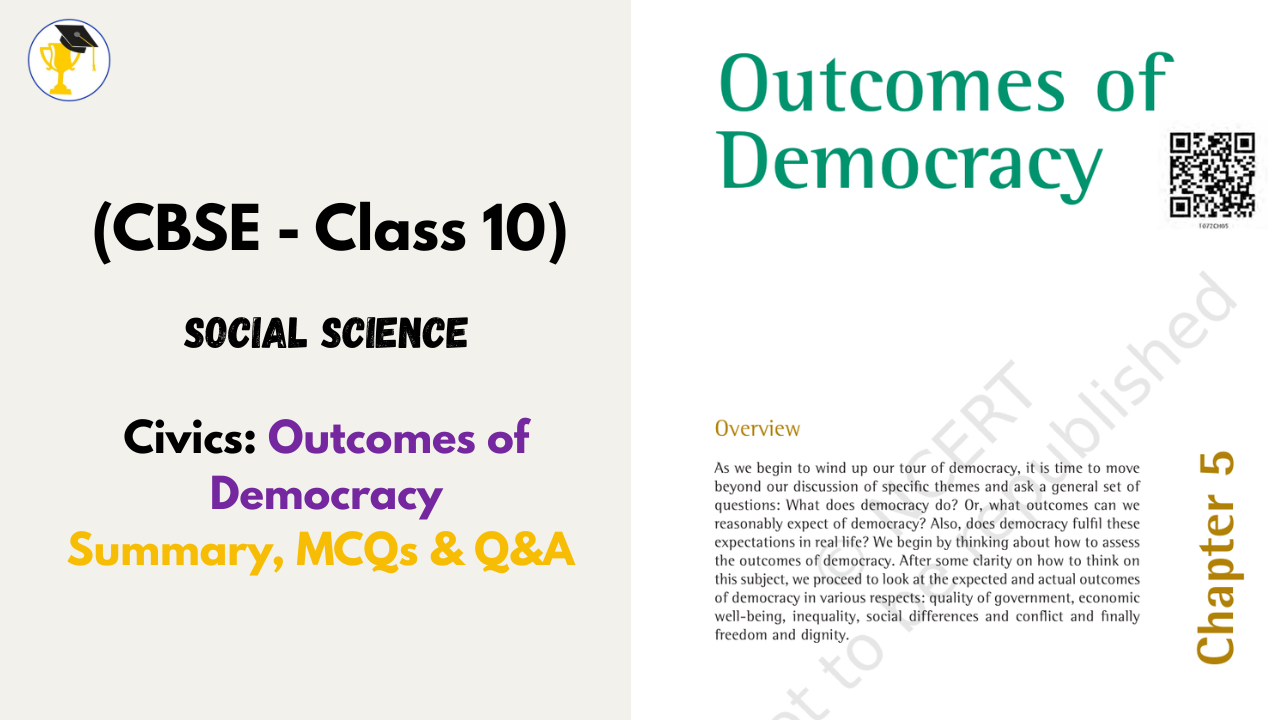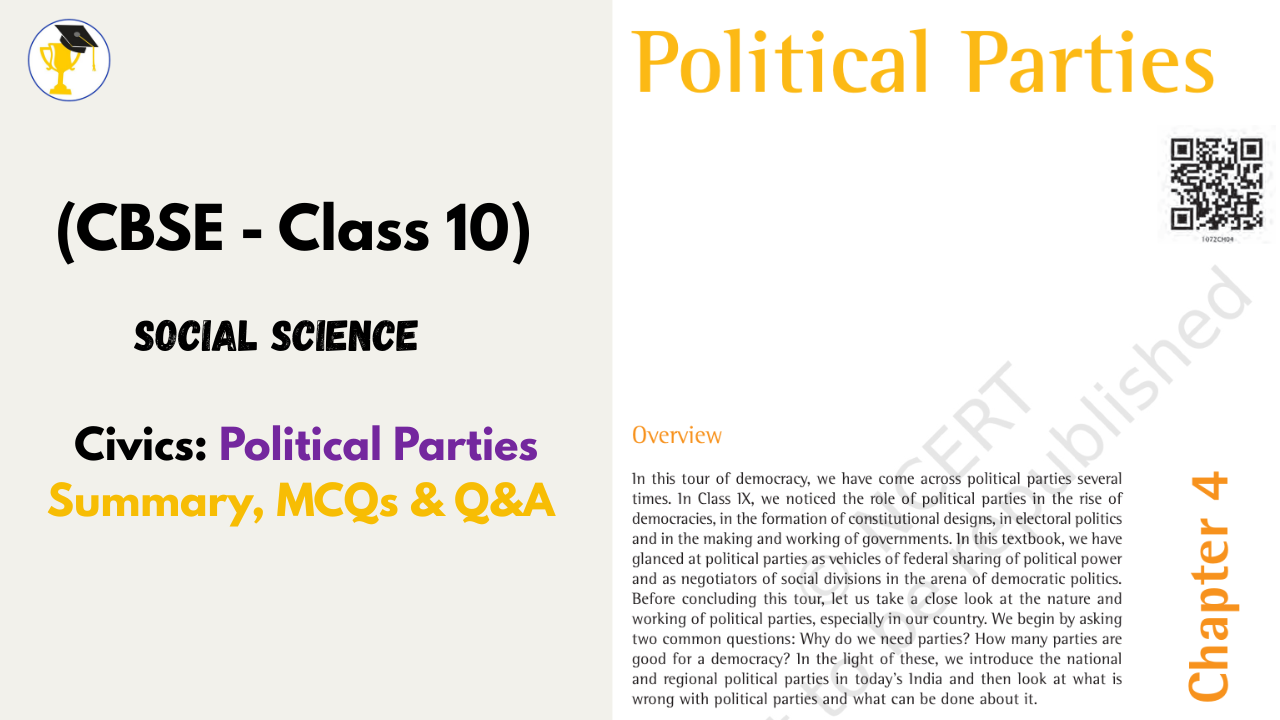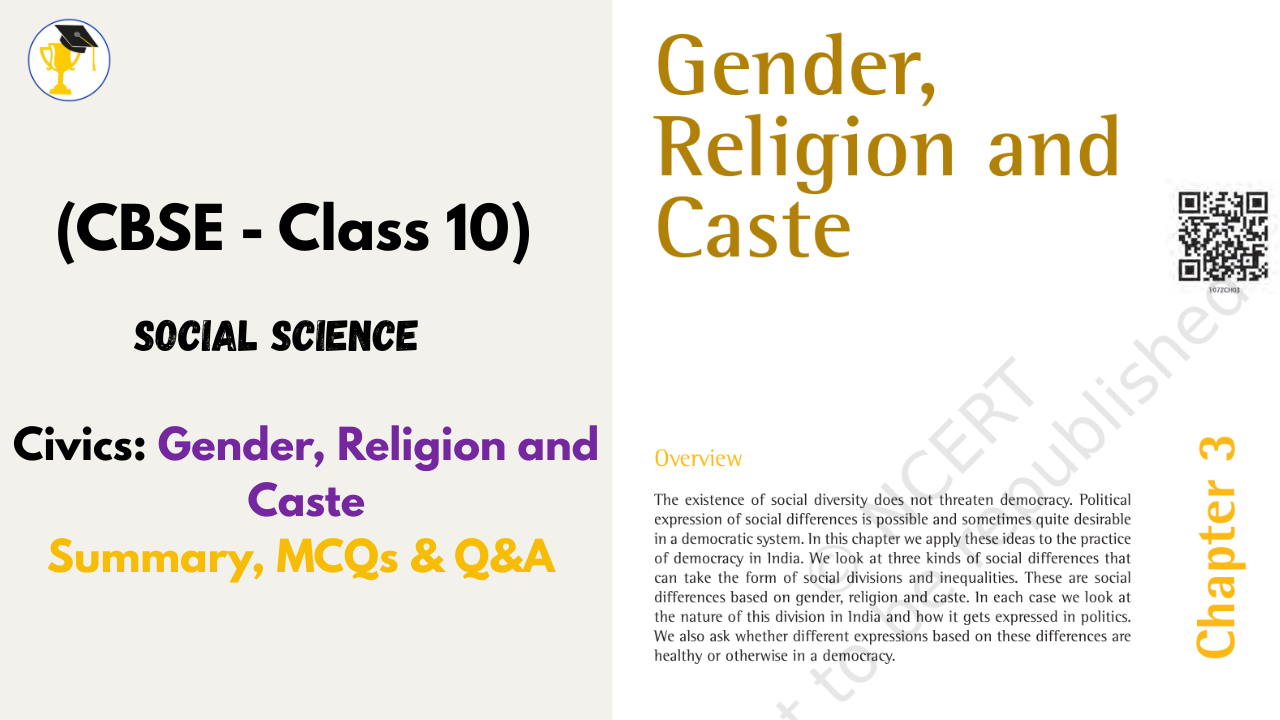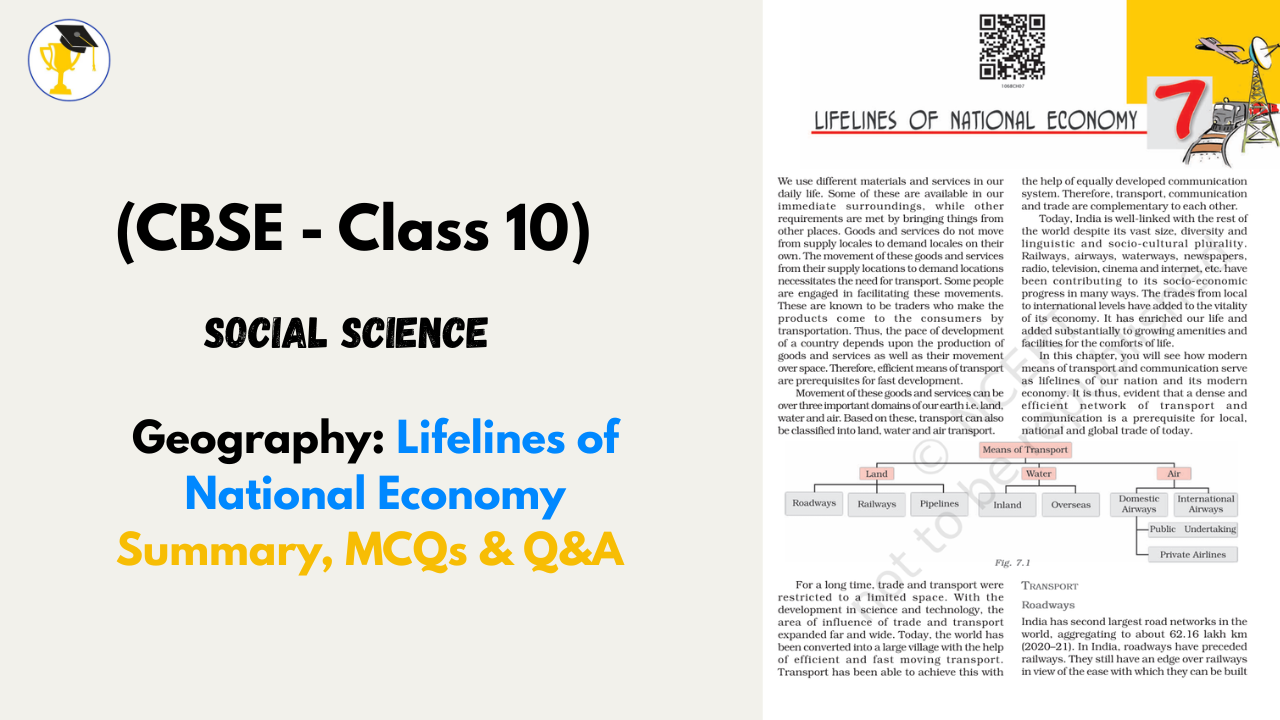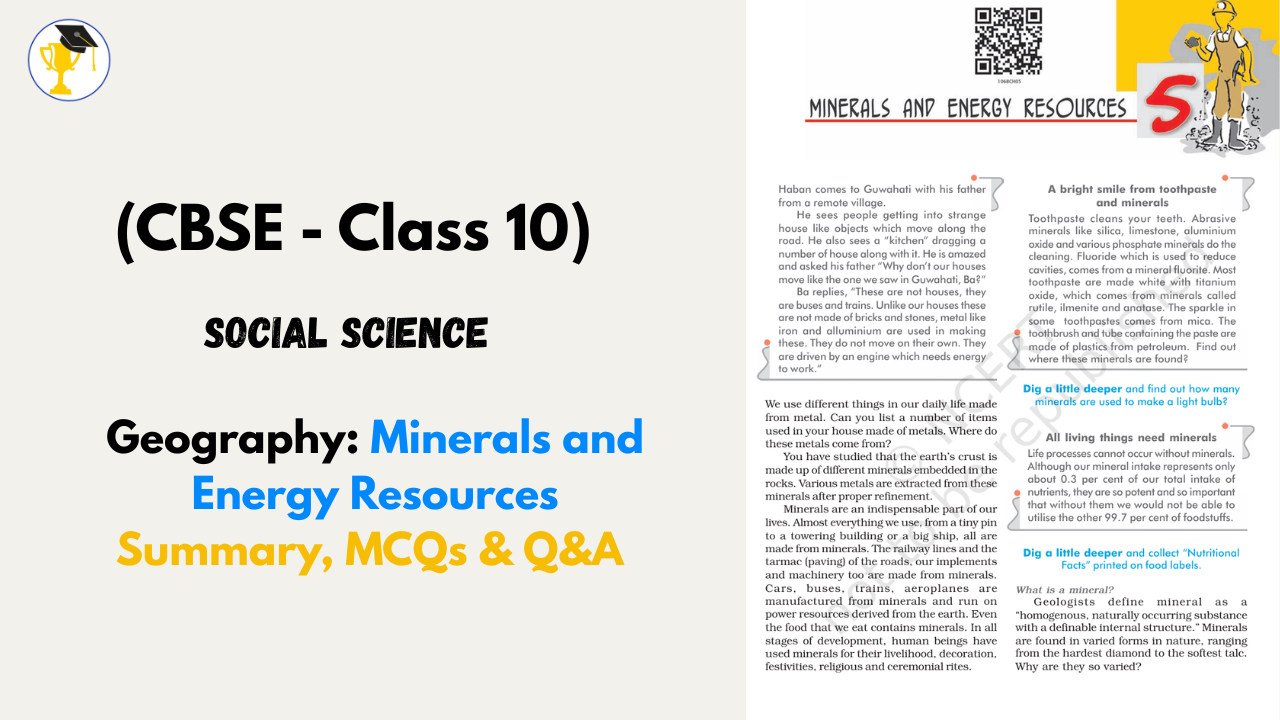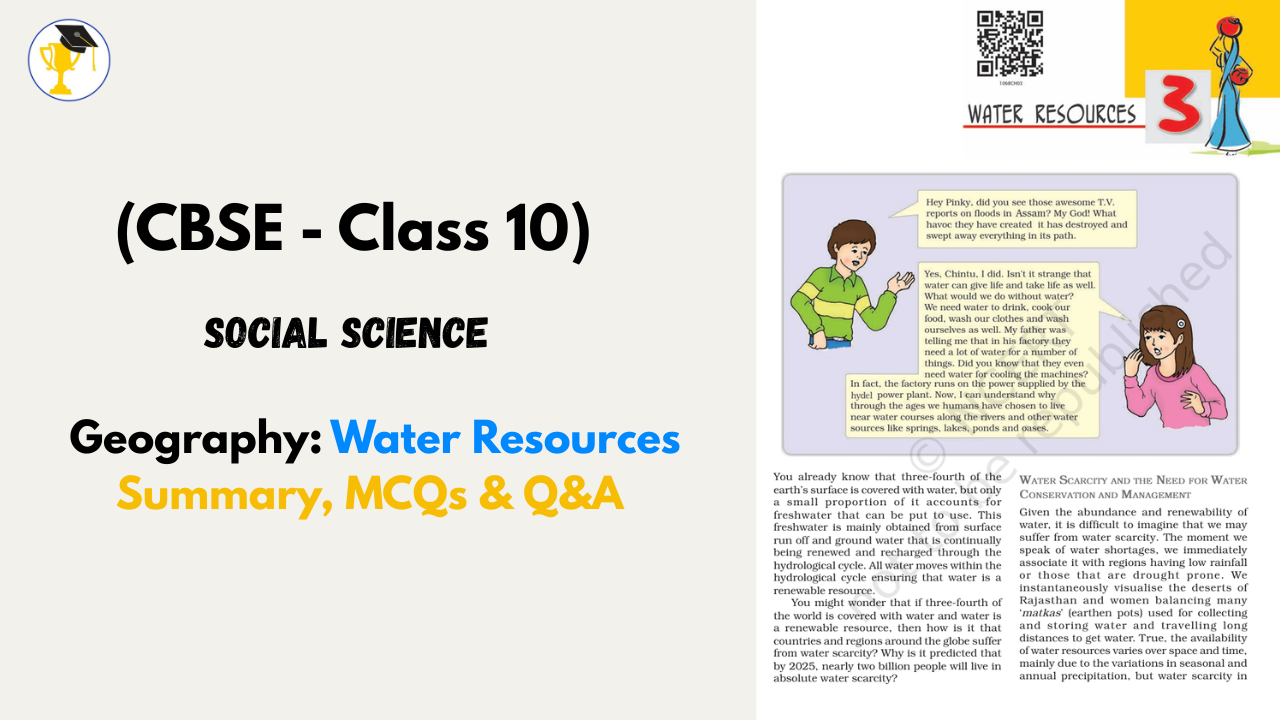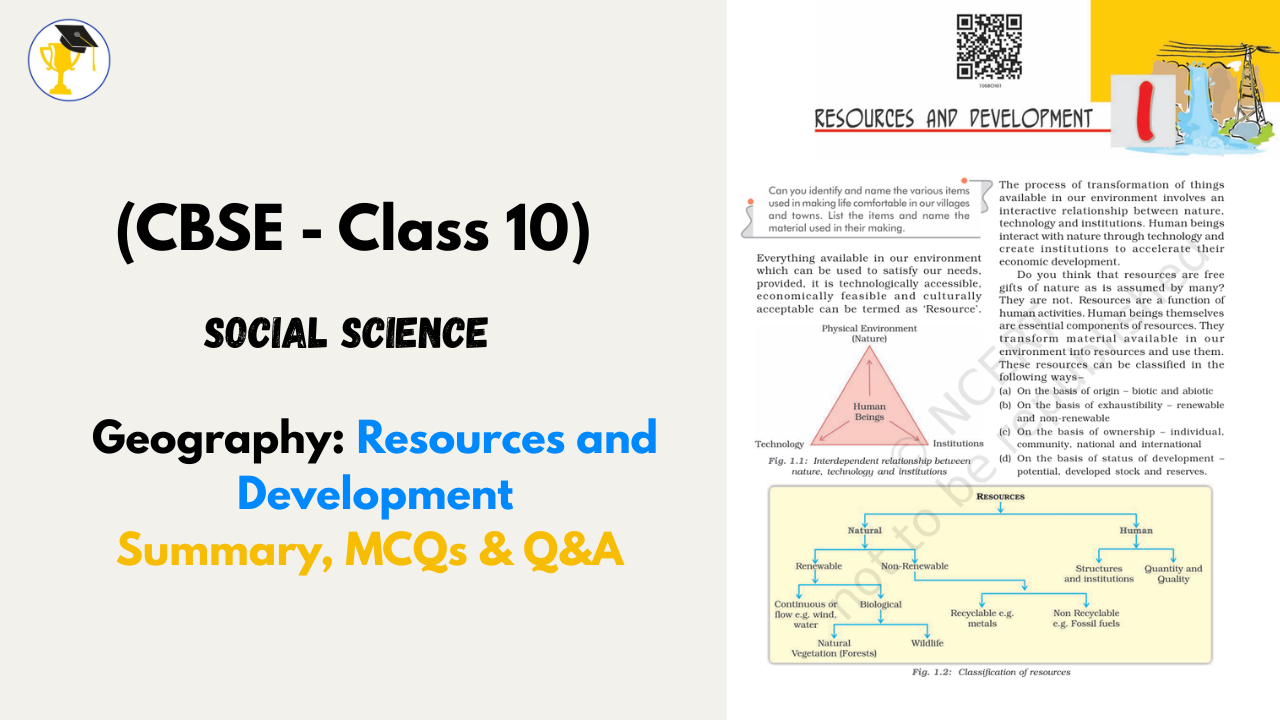JEE Main Performance Trends Over the Last 5 Years
JEE Main Performance Trends Over the Last 5 Years: Insights for 2026 Aspirants
The Joint Entrance Examination (JEE) Main, conducted by the National Testing Agency (NTA), is one of India’s most competitive exams for engineering aspirants. Clearing JEE Main opens the gateway to premier institutions like NITs, IIITs, GFTIs, and also serves as the qualifying stage for JEE Advanced.
Over the past five years, JEE Main has undergone notable changes — from shifting to a fully computer-based test to introducing multiple exam sessions each year. By analysing these performance trends, aspirants can better understand cut-off patterns, difficulty levels, participation rates, and ranking mechanisms, helping them fine-tune their JEE Main 2026 preparation strategy.
1. Evolution of JEE Main in the Last Five Years
-
Multiple Sessions: Since 2021, the NTA has conducted JEE Main in multiple sessions, offering students more flexibility and reducing the impact of a single bad exam day.
-
Computer-Based Mode: The switch from pen-and-paper to CBT has enhanced transparency and efficiency in evaluation.
-
Steady Rise in Participants: Candidate registrations have shown a significant increase, especially post-2023, reflecting the growing competition among engineering aspirants.
-
Minor Policy Updates: Aadhaar-based verification and APAAR ID have been introduced to streamline the registration process.
2. Registration, Attendance & Qualification Trends (2019-2025)
| Year |
Registered Candidates |
Appeared Candidates |
Qualified for JEE Advanced |
| 2025 |
23,73,384 (Jan & Apr combined) |
22,50,486 |
Top 2,00,000 |
| 2024 |
24,11,443 (Jan & Apr combined) |
22,37,995 |
Top 2,00,000 |
| 2023 |
17,91,398 |
17,07,334 |
Top 2,00,000 |
| 2022 |
10,26,799 |
9,05,590 |
Top 2,50,000 |
| 2021 |
10,48,012 |
9,39,008 |
2,50,186 |
| 2020 |
11,74,000 (approx.) |
10,23,000 (approx.) |
2,50,681 |
| 2019 |
12,37,892 |
11,47,125 |
2,45,000 |
3. Cut-off Trends: Percentile Variation
| Year |
General (UR) |
EWS |
OBC-NCL |
SC |
ST |
PwD (UR-PwD) |
| 2025 |
93.1023 |
80.3830 |
79.4313 |
61.1526 |
47.9026 |
0.0079 |
| 2024 |
93.2362 |
81.3266 |
79.6757 |
60.0923 |
46.6975 |
0.0018 |
| 2023 |
90.7788 |
75.6229 |
73.6114 |
51.9776 |
37.2348 |
0.0013 |
| 2022 |
88.4121 |
63.1114 |
67.0090 |
43.0820 |
26.7771 |
0.0031 |
| 2021 |
87.8992 |
66.2214 |
68.0234 |
46.8825 |
34.6728 |
0.0096 |
4. Session-Wise Attendance Patterns
With January and April as the primary testing months:
-
January Sessions generally see higher participation, possibly because students want an early attempt before board exams.
-
April Sessions often have slightly fewer candidates but include many repeat takers aiming to improve their scores.
5. Difficulty Level Analysis (2021–2025)
Subject-wise difficulty trends have been fairly consistent:
-
Mathematics: Continues to be the toughest due to lengthy calculations and complex problem-solving.
-
Physics: Moderate difficulty with conceptual and application-based questions.
-
Chemistry: Relatively easier, heavily NCERT-based, and scoring for well-prepared candidates.
Notable Yearly Observations:
-
2025: Math was lengthier than usual, Chemistry remained NCERT-focused.
-
2024: Heavy weightage to Calculus & 3D Geometry; Physics featured Modern Physics and Semiconductors.
-
2023: Some sessions had unexpectedly tough Maths papers.
-
2022: Moderate overall but Maths again the most challenging.
-
2021: Physics easiest, followed by Chemistry.
6. JEE Main Toppers List (2021-2025)
Each year, multiple students achieve 100 percentile scores, coming from diverse states and educational backgrounds.
2025 Toppers
| Rank |
Name |
State |
NTA Score |
| 1 |
Ayush Singhal |
Rajasthan |
100 |
| 2 |
Kushagra Gupta |
Karnataka |
100 |
| 3 |
Daksh |
Delhi (NCT) |
100 |
| 4 |
Harsh Jha |
Delhi (NCT) |
100 |
| 5 |
Rajit Gupta |
Rajasthan |
100 |
| 6 |
Shreyas Lohiya |
Uttar Pradesh |
100 |
| 7 |
Saksham Jindal |
Rajasthan |
100 |
| 8 |
Saurav |
Uttar Pradesh |
100 |
| 9 |
Vishad Jain |
Maharashtra |
100 |
| 10 |
Arnav Singh |
Rajasthan |
100 |
2024 Toppers
| Rank |
Name |
State |
NTA Score |
| 1 |
Shaik Suraj |
Andhra Pradesh |
100 |
| 2 |
Thota Sai Karthik |
Andhra Pradesh |
100 |
| 3 |
Annareddy Venkata Tanish Reddy |
Andhra Pradesh |
100 |
| 4 |
Madhav Bansal |
Delhi |
100 |
| 5 |
Ipsit Mittal |
Delhi |
100 |
| 6 |
Parekh Meet Vikrambhai |
Gujarat |
100 |
| 7 |
Aarav Bhatt |
Haryana |
100 |
| 8 |
Shivansh Nair |
Haryana |
100 |
| 9 |
Amogh Agrawal |
Karnataka |
100 |
| 10 |
Aryan Prakash |
Maharashtra |
100 |
2023 Toppers
| Rank |
Name |
State |
NTA Score |
| 1 |
Singaraju Venkat Koundinya |
Telangana |
100 |
| 2 |
Kallakuri Sainadh Srimanth |
Andhra Pradesh |
100 |
| 3 |
Ishan Khandelwal |
Rajasthan |
100 |
| 4 |
Deshank Pratap Singh |
Uttar Pradesh |
100 |
| 5 |
Nipun Goel |
Uttar Pradesh |
100 |
| 6 |
Allam Sujay |
Telangana |
100 |
| 7 |
Vavilala Chidvilas Reddy |
Telangana |
100 |
| 8 |
Bikkina Abhinav Chowdary |
Telangana |
100 |
| 9 |
Suthar Harshul Sanjaybhai |
Gujarat |
100 |
| 10 |
Abhineet Majety |
Telangana |
100 |
2022 Toppers
| Rank |
Name |
State |
NTA Score |
| 1 |
Polisetty Karthikeya |
Andhra Pradesh |
100 |
| 2 |
Penikalapati Ravi Kishore |
Andhra Pradesh |
100 |
| 3 |
Koyyana Suhas |
Andhra Pradesh |
100 |
| 4 |
Sneha Pareek |
Assam |
100 |
| 5 |
Sarthak Maheshwari |
Haryana |
100 |
| 6 |
Kushagra Srivastava |
Jharkhand |
100 |
| 7 |
Boya Haren Sathvik |
Karnataka |
100 |
| 8 |
Mrinal Garg |
Punjab |
100 |
| 9 |
Navya |
Rajasthan |
100 |
| 10 |
Dheeraj Kurukunda |
Telangana |
100 |
2021 Toppers
| Rank |
Name |
State |
NTA Score |
| 1 |
Duggineni Venkata Paneesh |
Andhra Pradesh |
100 |
| 2 |
Satti Karthikeya |
Andhra Pradesh |
100 |
| 3 |
Varada Mahanth Naidu |
Andhra Pradesh |
100 |
| 4 |
Pasala Veera Siva |
Andhra Pradesh |
100 |
| 5 |
Kanchanapalli Rahul Naidu |
Andhra Pradesh |
100 |
| 6 |
Karanam Lokesh |
Andhra Pradesh |
100 |
| 7 |
Vaibhav Vishal |
Bihar |
100 |
| 8 |
Kumar Satyadarshi |
Bihar |
100 |
| 9 |
Guramrit Singh |
Chandigarh |
100 |
7. Why Analysing Trends Matters for JEE Main 2026
For upcoming aspirants:
-
Predictive Planning: Past patterns give clues about important topics and difficulty levels.
-
Smart Goal Setting: Knowing cut-off trends helps set realistic target scores.
-
Session Strategy: Understanding attendance and performance variations between January and April can help decide the best attempt.
8. Preparation Tips Based on Trend Analysis
-
Master NCERT First – Especially for Chemistry.
-
Prioritise High-Weightage Chapters – Based on recurring topics.
-
Time Management Practice – To tackle lengthy Mathematics questions.
-
Mock Test Simulation – To adapt to computer-based exam pressure.
-
Stay Updated – Follow the official NTA website for any policy or format changes.
JEE Main is not just about hard work — it’s about smart preparation. Studying the past 5 years’ trends can give you a competitive edge for JEE Main 2026. Use these insights to create a customised study plan, focus on scoring sections, and be prepared for any surprises in the exam hall.
Remember: Trends are a guide, but consistent effort and adaptability will determine your success.
FAQs – JEE Main Trends (Last 5 Years)
Q1. Why is it important to study JEE Main past year trends?
Studying past trends helps aspirants identify recurring topics, understand difficulty level changes, track cut-off variations, and set realistic score targets for JEE Main 2026.
Q2. What was the General category cut-off in JEE Main 2025?
The General category cut-off for JEE Main 2025 was 93.1023 percentile.
Q3. Which subject is usually the toughest in JEE Main?
Mathematics has consistently been rated the toughest section due to its lengthy and calculation-heavy questions.
Q4. How many students scored 100 percentile in JEE Main 2025?
In 2025, 10 students achieved a perfect 100 percentile across sessions.
Q5. How can I use these trends for JEE Main 2026 preparation?
By focusing on high-weightage topics, practising time management, taking mock tests, and aiming for a percentile higher than past cut-offs, you can align your preparation with previous exam patterns.
 STUDY MATERIALS
STUDY MATERIALS
 ONLINE COURSES
ONLINE COURSES
 MORE
MORE










